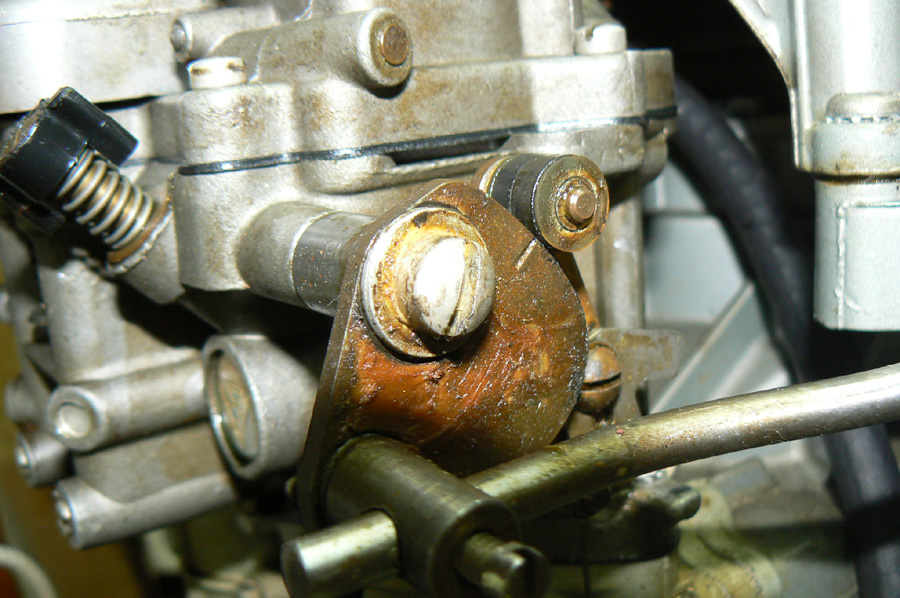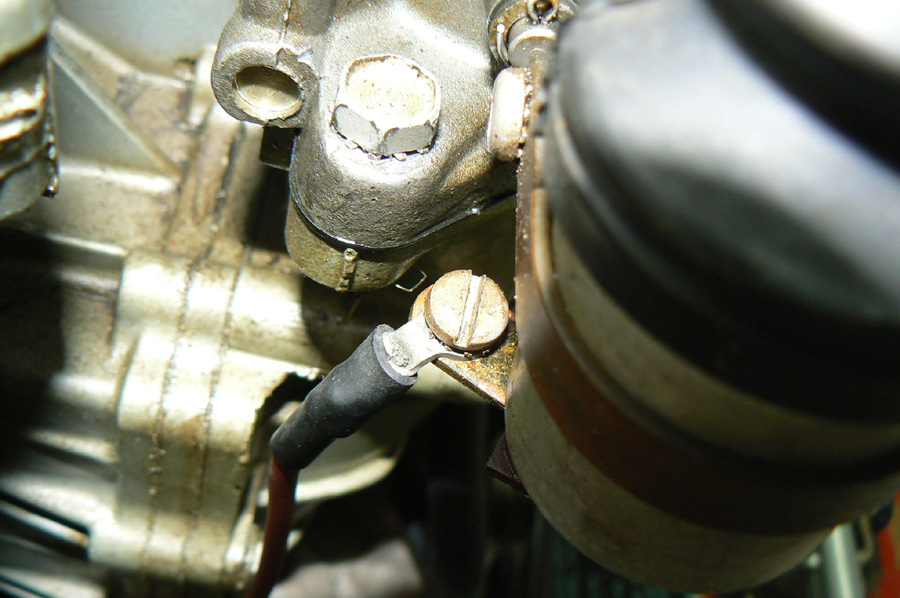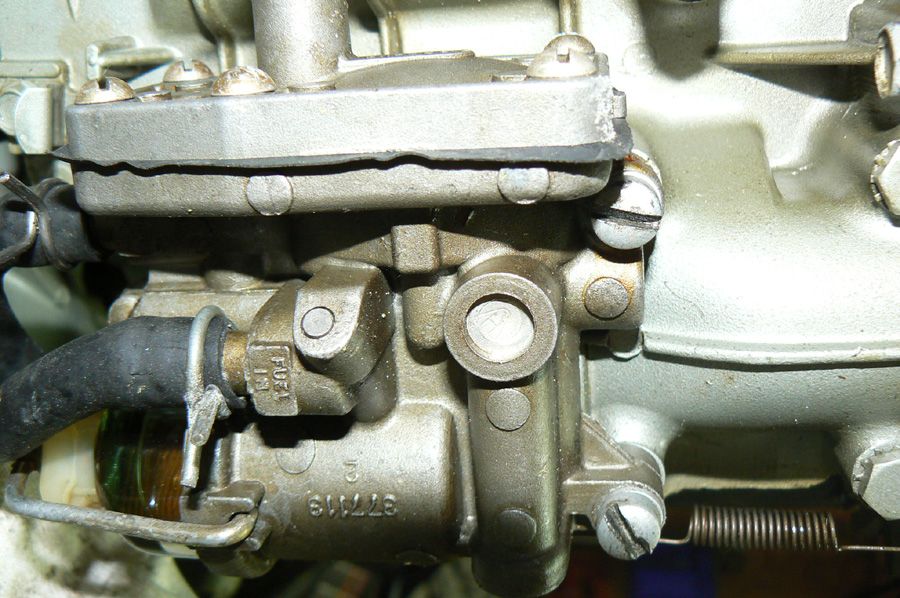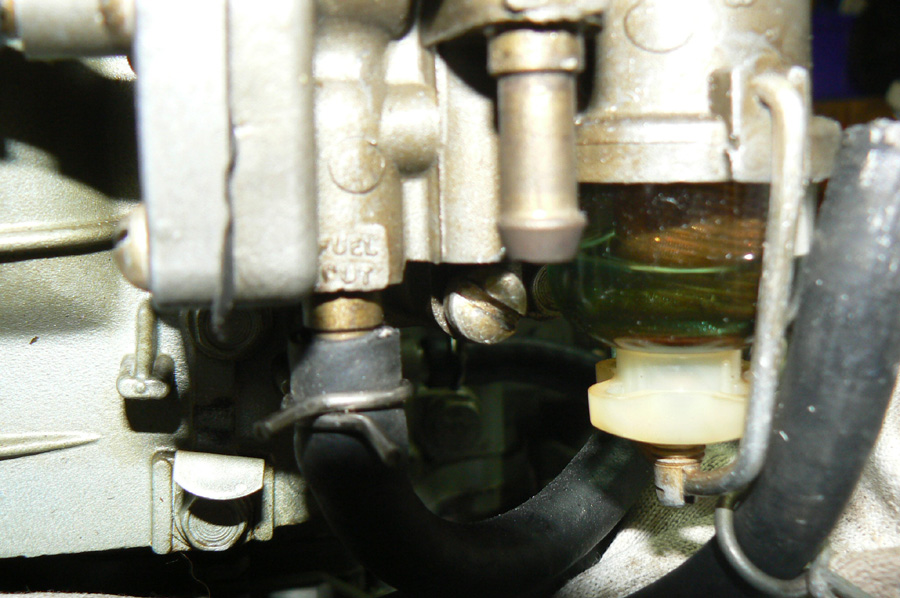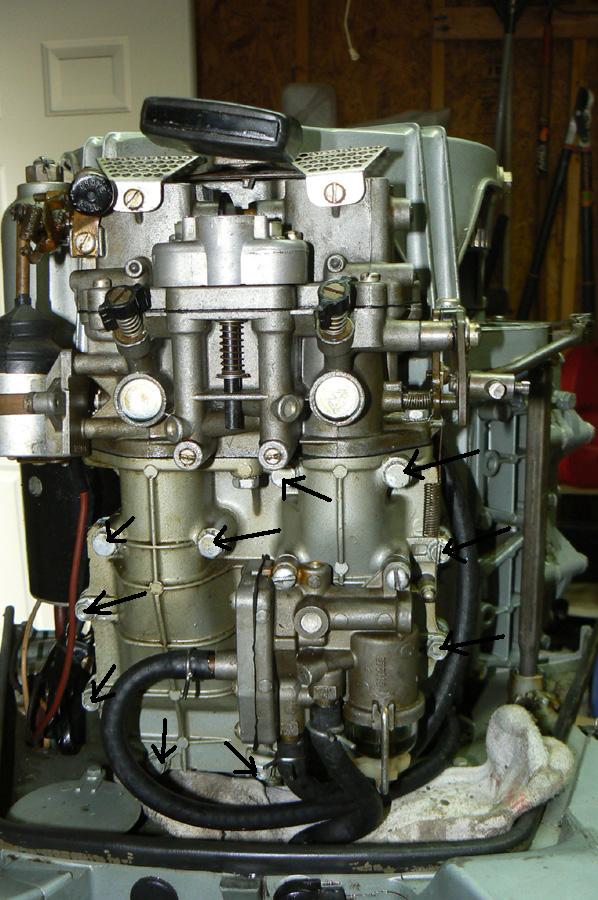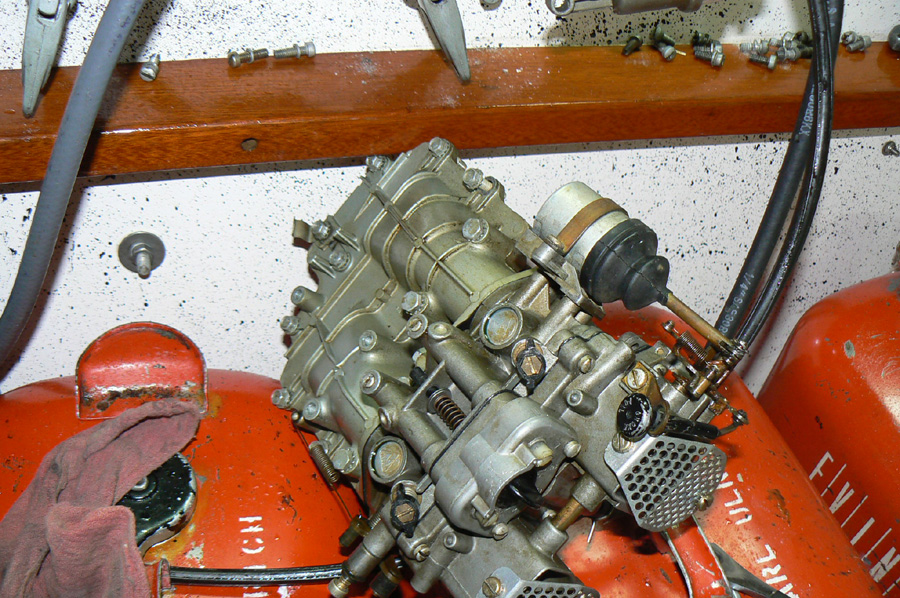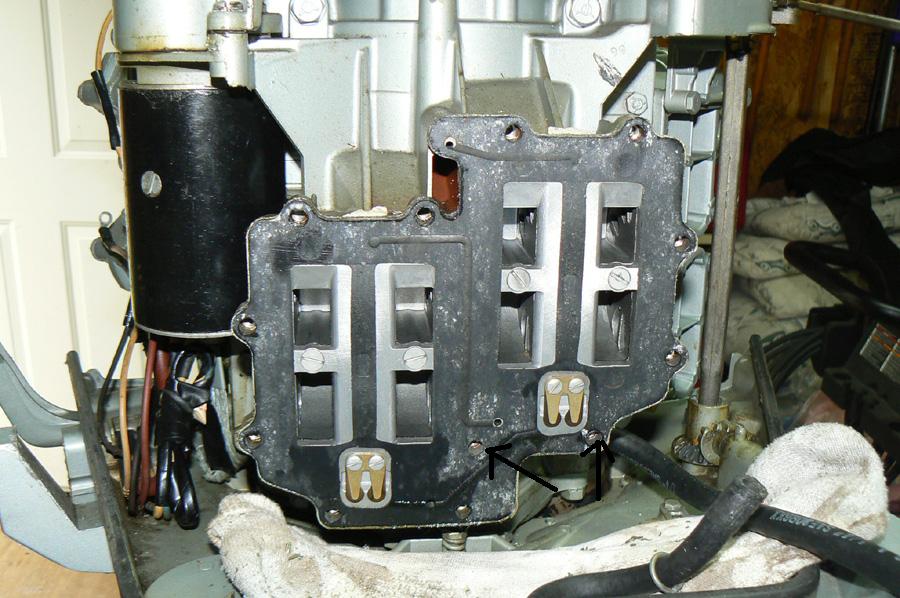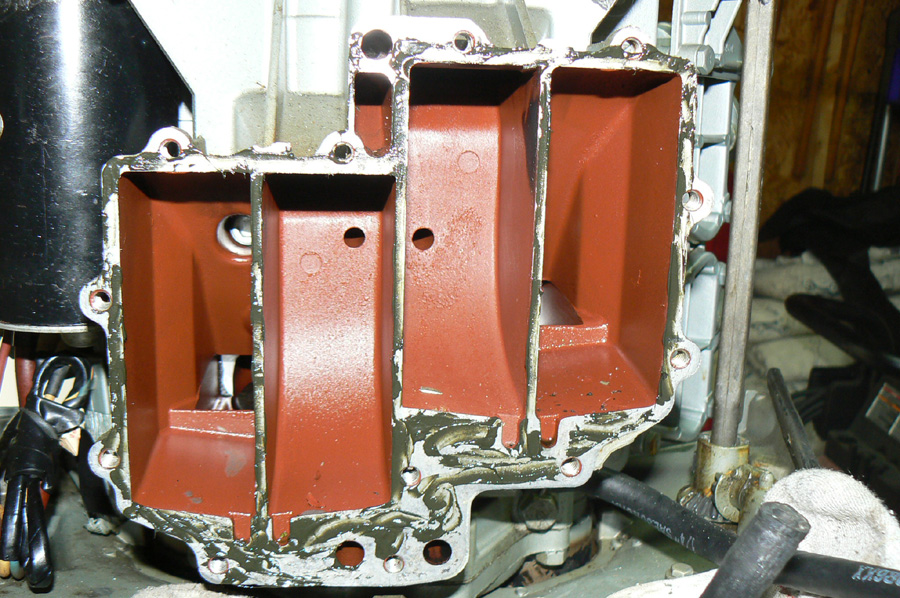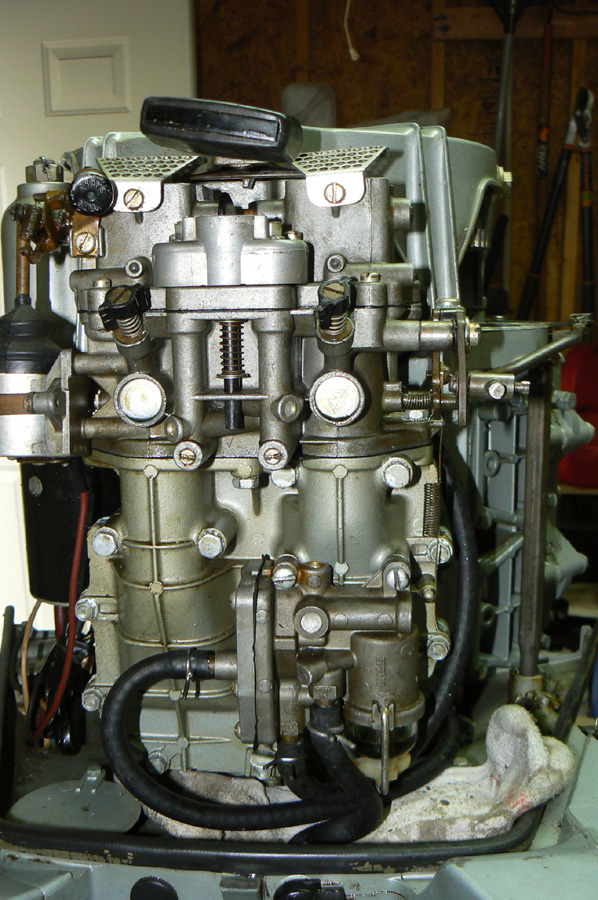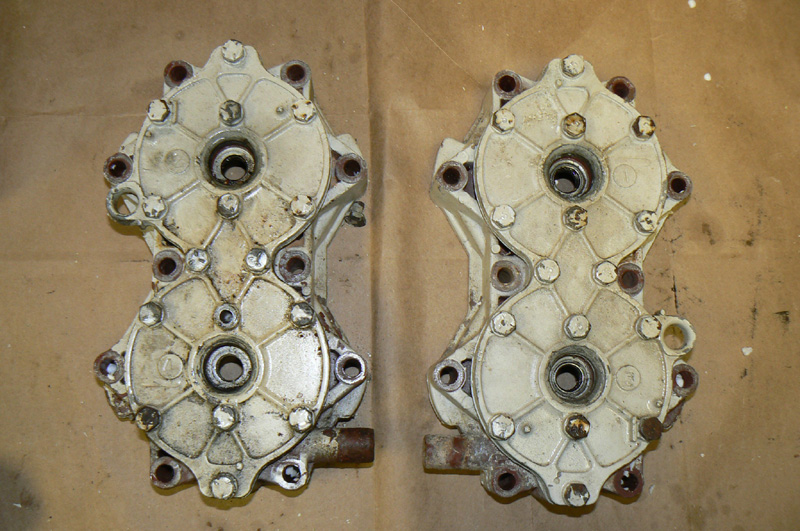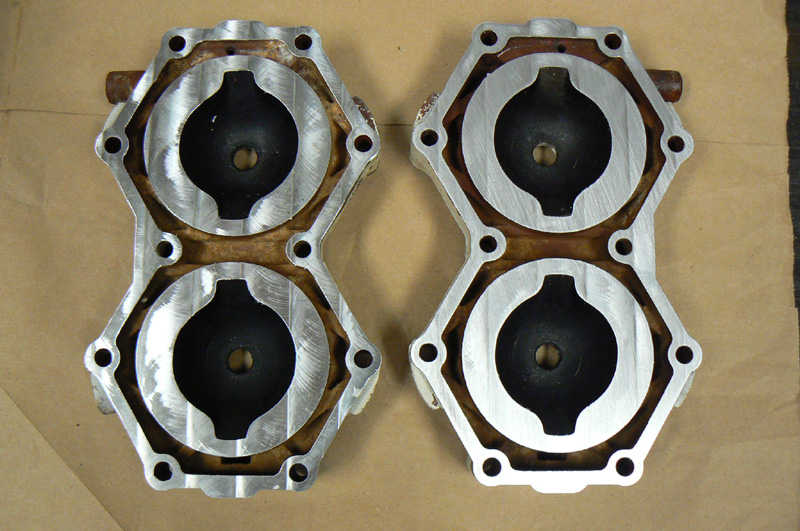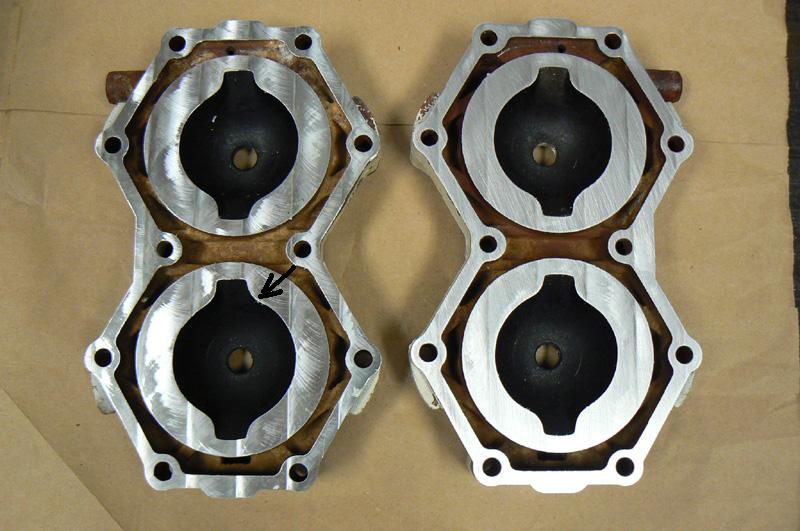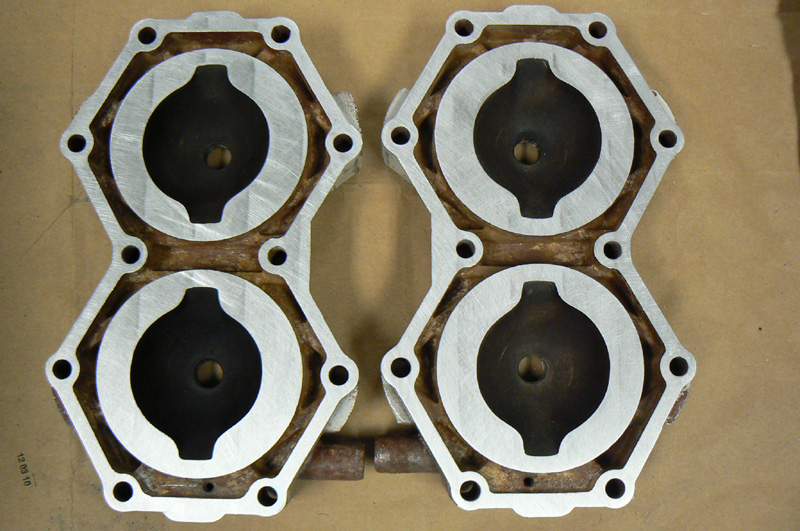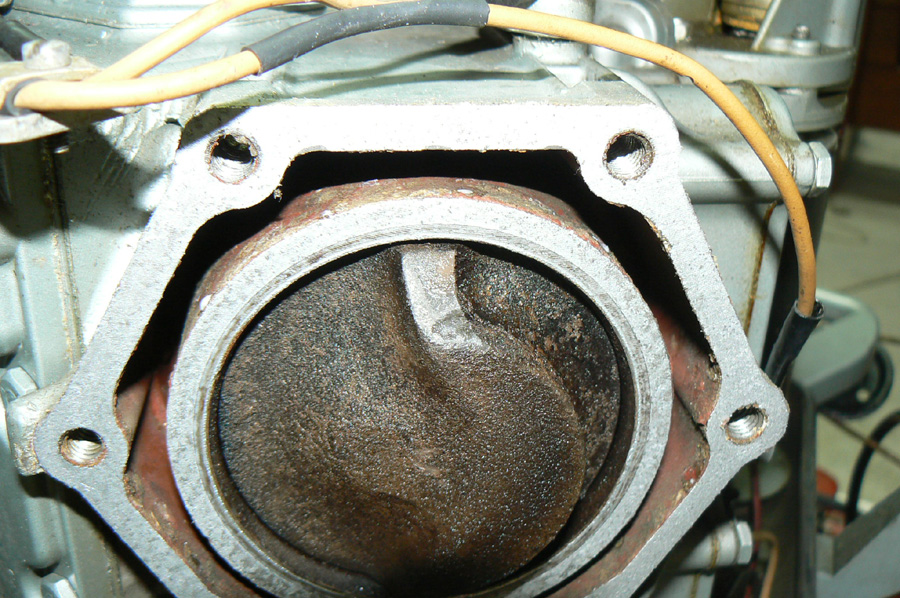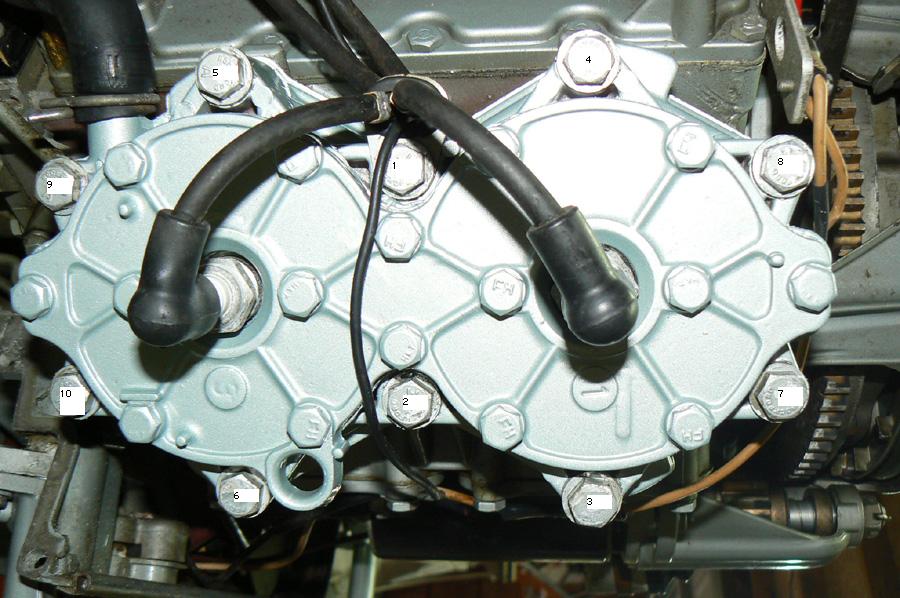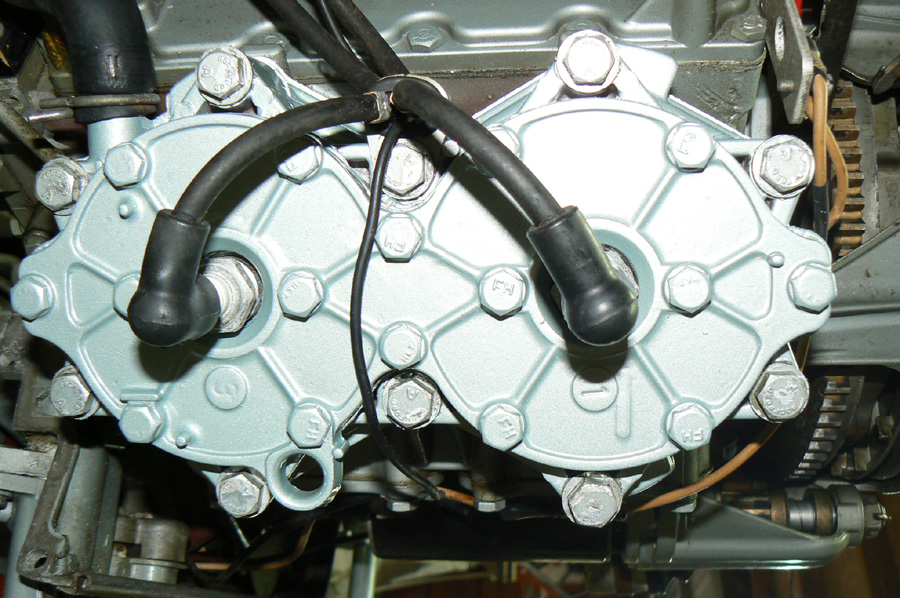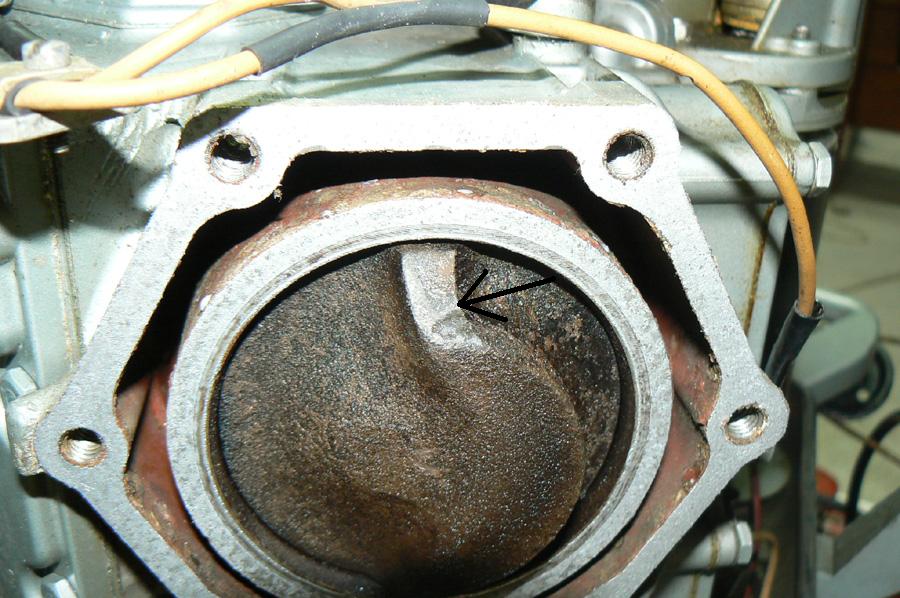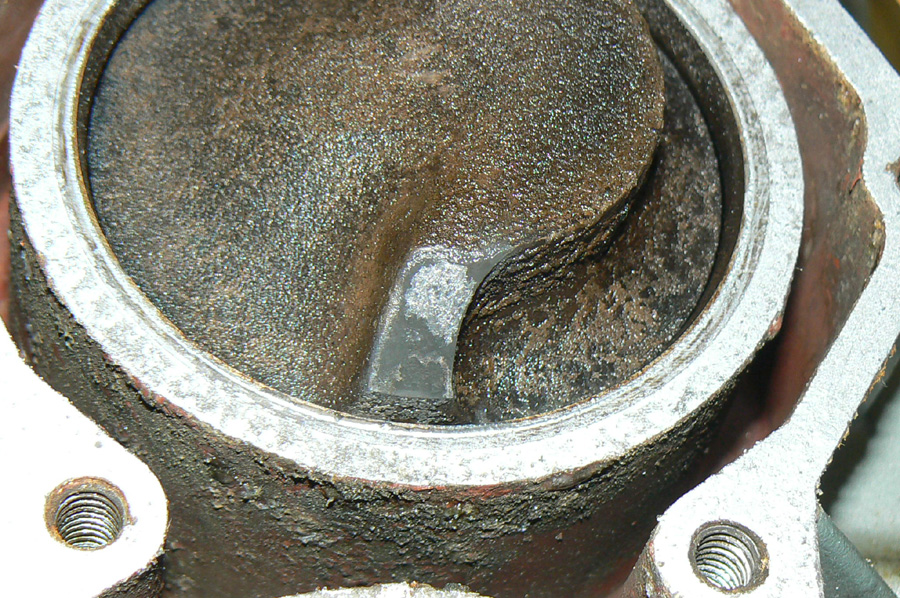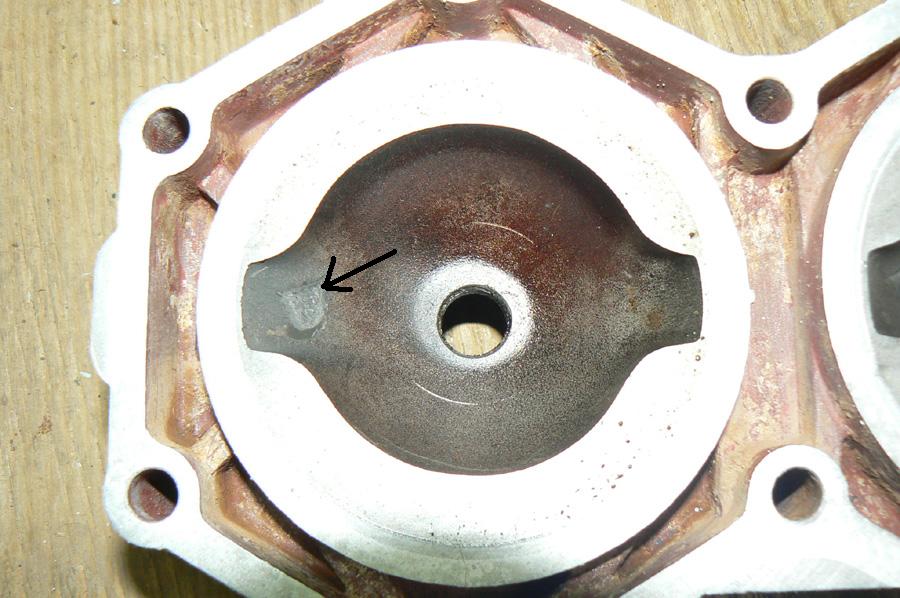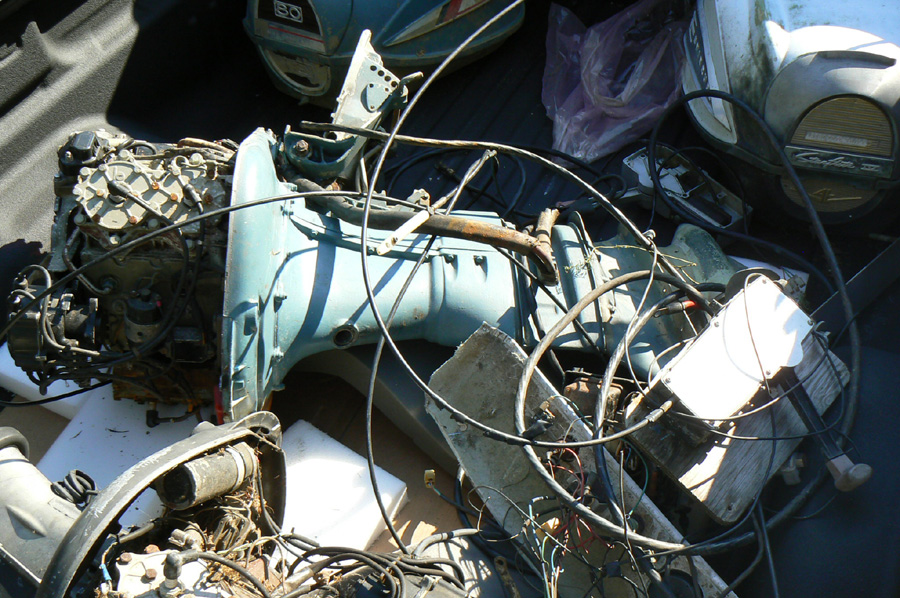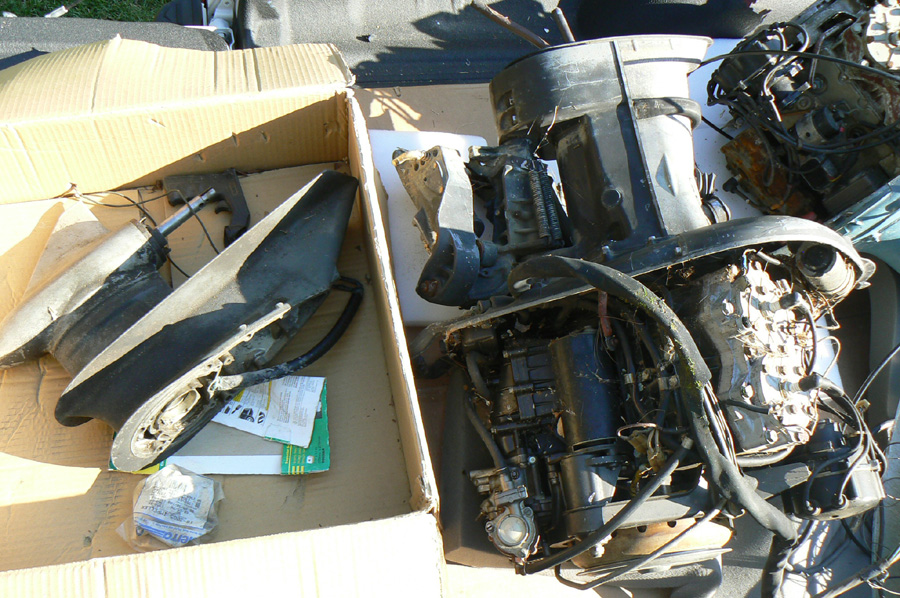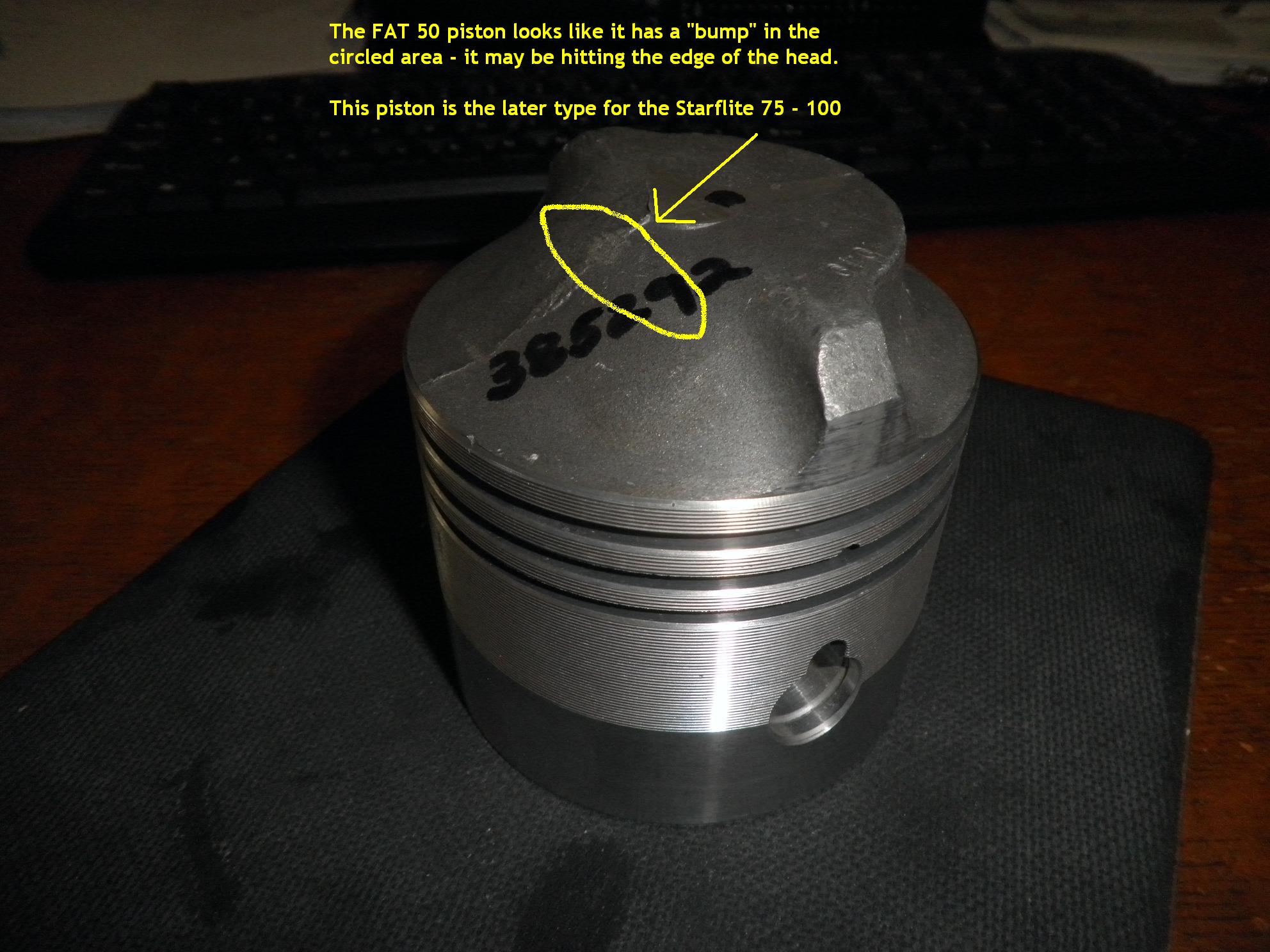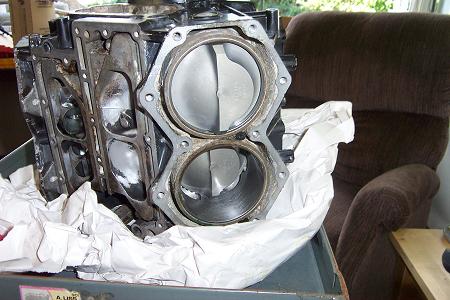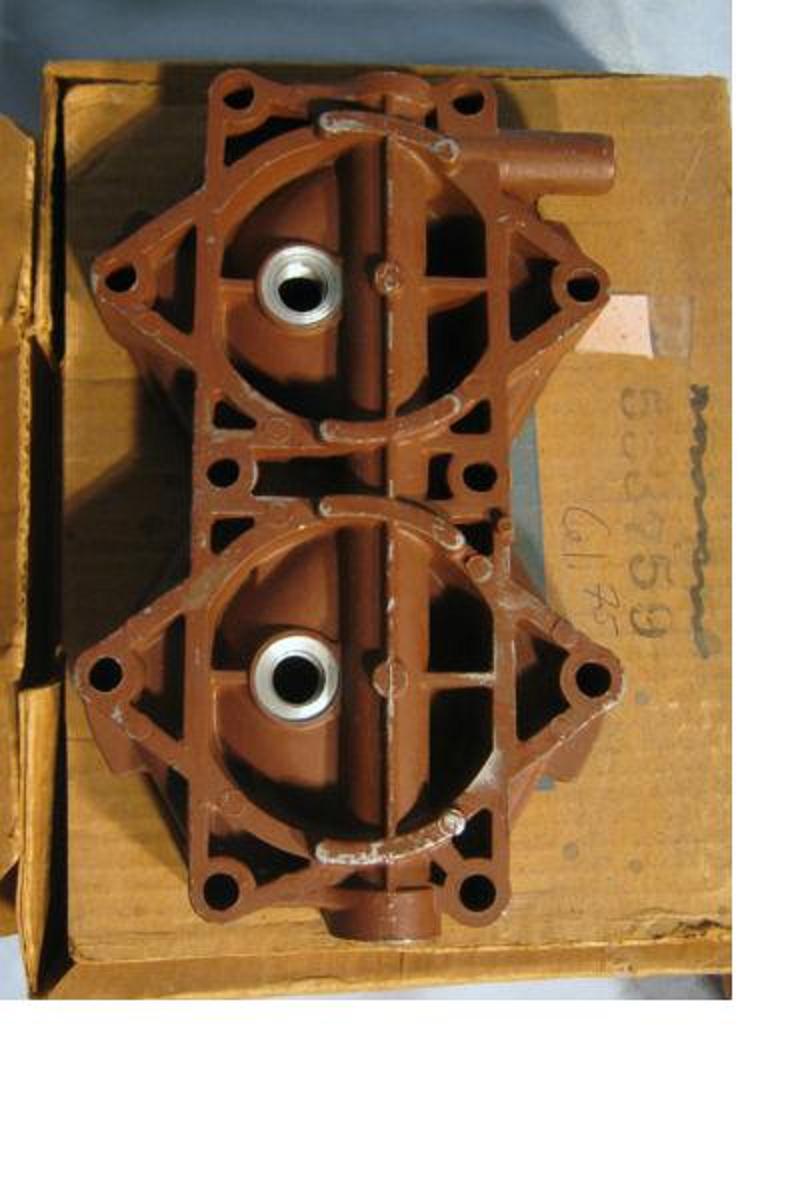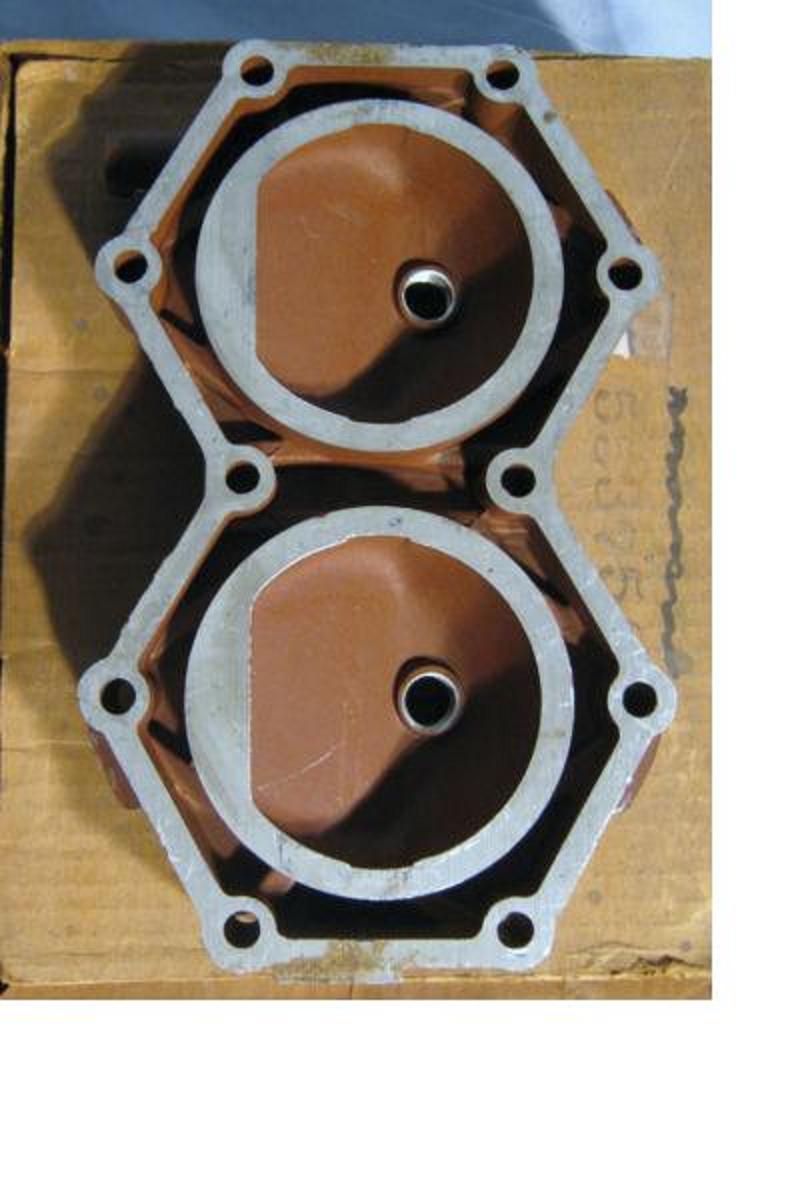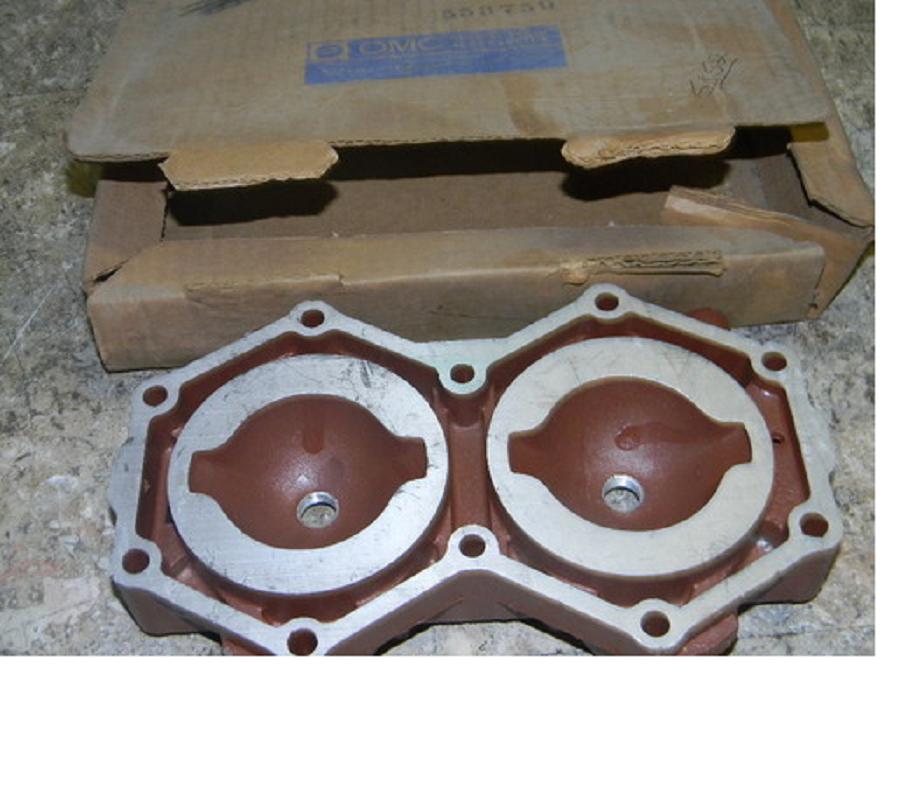|
Welcome,
Guest
|
|
TOPIC: Hot Rodding a Fat Fifty, a lesson
Hot Rodding a Fat Fifty, a lesson 13 years 4 weeks ago #48438
|
|
Please Log in or Create an account to join the conversation. |
Re:Hot Rodding a Fat Fifty, a lesson 13 years 4 weeks ago #48493
|
Please Log in or Create an account to join the conversation.
Mark
|
Re:Hot Rodding a Fat Fifty, a lesson 13 years 3 weeks ago #48552
|
|
Please Log in or Create an account to join the conversation. |
Re:Hot Rodding a Fat Fifty, a lesson 13 years 3 weeks ago #48571
|
|
Please Log in or Create an account to join the conversation. |
Re:Hot Rodding a Fat Fifty, a lesson 13 years 3 weeks ago #48573
|
Please Log in or Create an account to join the conversation. |
Re:Hot Rodding a Fat Fifty, a lesson 13 years 3 weeks ago #48639
|
Please Log in or Create an account to join the conversation. |
Re:Hot Rodding a Fat Fifty, a lesson 13 years 3 weeks ago #48711
|
Please Log in or Create an account to join the conversation.
Resistance to tyrants is obedience to Almighty God.
Thomas Jefferson, 1803 |
Re:Hot Rodding a Fat Fifty, a lesson 13 years 3 weeks ago #48728
|
|
Please Log in or Create an account to join the conversation. |
Re:Hot Rodding a Fat Fifty, a lesson 13 years 3 weeks ago #48794
|
|
Please Log in or Create an account to join the conversation. |
Re:Hot Rodding a Fat Fifty, a lesson 12 years 11 months ago #52816
|
Please Log in or Create an account to join the conversation. |
Re:Hot Rodding a Fat Fifty, a lesson 12 years 11 months ago #52875
|
|
Please Log in or Create an account to join the conversation. |
Re:Hot Rodding a Fat Fifty, a lesson 12 years 11 months ago #52877
|
Please Log in or Create an account to join the conversation. |
Re:Hot Rodding a Fat Fifty, a lesson 12 years 11 months ago #52892
|
|
Please Log in or Create an account to join the conversation. |
Re:Hot Rodding a Fat Fifty, a lesson 12 years 11 months ago #52904
|
Please Log in or Create an account to join the conversation. |
Re:Hot Rodding a Fat Fifty, a lesson 12 years 11 months ago #52989
|
|
Please Log in or Create an account to join the conversation. |
Re:Hot Rodding a Fat Fifty, a lesson 12 years 11 months ago #53015
|
Please Log in or Create an account to join the conversation. |
Re:Hot Rodding a Fat Fifty, a lesson 12 years 11 months ago #53017
|
Please Log in or Create an account to join the conversation. |
Re:Hot Rodding a Fat Fifty, a lesson 12 years 11 months ago #53094
|
|
Please Log in or Create an account to join the conversation. |
Re:Hot Rodding a Fat Fifty, a lesson 12 years 11 months ago #53101
|
Please Log in or Create an account to join the conversation. |
Re:Hot Rodding a Fat Fifty, a lesson 12 years 11 months ago #53102
|
Please Log in or Create an account to join the conversation. |
Re:Hot Rodding a Fat Fifty, a lesson 12 years 9 months ago #55586
|
Please Log in or Create an account to join the conversation. |
Re:Hot Rodding a Fat Fifty, a lesson 12 years 9 months ago #55629
|
|
Please Log in or Create an account to join the conversation. |
Re:Hot Rodding a Fat Fifty, a lesson 12 years 9 months ago #55636
|
Please Log in or Create an account to join the conversation. |
Re:Hot Rodding a Fat Fifty, a lesson 12 years 9 months ago #55656
|
|
Please Log in or Create an account to join the conversation. |
Re:Hot Rodding a Fat Fifty, a lesson 12 years 9 months ago #55735
|
Please Log in or Create an account to join the conversation. |
Re:Hot Rodding a Fat Fifty, a lesson 12 years 9 months ago #55771
|
|
Please Log in or Create an account to join the conversation. |
Re:Hot Rodding a Fat Fifty, a lesson 12 years 9 months ago #55857
|
Please Log in or Create an account to join the conversation. |
Re:Hot Rodding a Fat Fifty, a lesson 12 years 9 months ago #55864
|
|
Please Log in or Create an account to join the conversation. |
Re:Hot Rodding a Fat Fifty, a lesson 12 years 9 months ago #56202
|
|
Please Log in or Create an account to join the conversation. |
Re:Hot Rodding a Fat Fifty, a lesson 12 years 9 months ago #56205
|
Please Log in or Create an account to join the conversation. |
Re:Hot Rodding a Fat Fifty, a lesson 12 years 9 months ago #56224
|
|
Please Log in or Create an account to join the conversation. |
Re:Hot Rodding a Fat Fifty, a lesson 12 years 9 months ago #56229
|
|
Please Log in or Create an account to join the conversation. |
Re:Hot Rodding a Fat Fifty, a lesson 12 years 9 months ago #56231
|
Please Log in or Create an account to join the conversation. |
Re:Hot Rodding a Fat Fifty, a lesson 12 years 9 months ago #56251
|
|
Please Log in or Create an account to join the conversation. |
Re:Hot Rodding a Fat Fifty, a lesson 12 years 9 months ago #56266
|
|
Please Log in or Create an account to join the conversation. |
Re:Hot Rodding a Fat Fifty, a lesson 12 years 9 months ago #56271
|
Please Log in or Create an account to join the conversation. |
Re:Hot Rodding a Fat Fifty, a lesson 12 years 9 months ago #56276
|
|
Please Log in or Create an account to join the conversation. |
Re:Hot Rodding a Fat Fifty, a lesson 12 years 9 months ago #56289
|
Please Log in or Create an account to join the conversation. |
Re:Hot Rodding a Fat Fifty, a lesson 12 years 9 months ago #56324
|
Please Log in or Create an account to join the conversation. |
Re:Hot Rodding a Fat Fifty, a lesson 12 years 9 months ago #56329
|
|
Please Log in or Create an account to join the conversation. |
|











